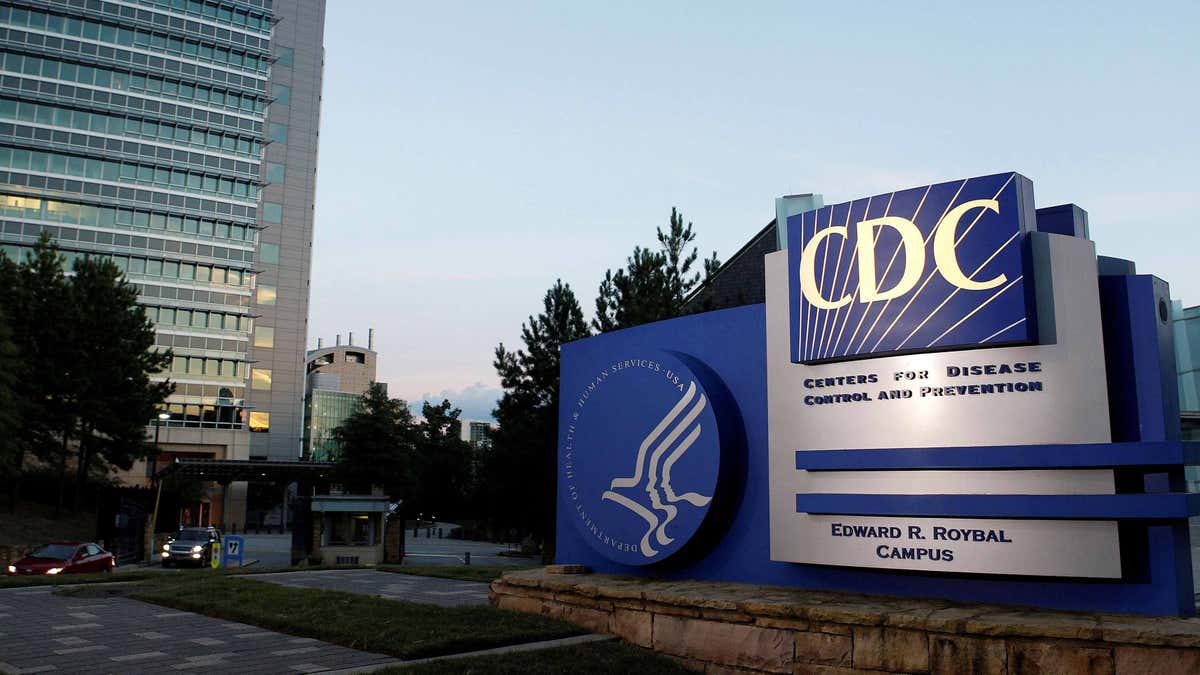Fox News Flash top headlines for February 17
Fox News Flash top headlines are here. Check out what's clicking on Foxnews.com.
Winter months brought a surge of respiratory illness across the country. As flu, cold and COVID-19 cases further trend down, the CDC is now warning of an uptick in another type of illness: norovirus.
Public health officials have noted an increase in norovirus cases, the highly contagious virus that causes the "stomach flu." The number of infections this year outpace the last few years, but decreased congregation from the COVID-19 pandemic most likely contributed to the lower-case counts, and we are now experiencing normal trends preceding COVID-19.
The stomach flu isn’t the same as the "flu" caused by influenza, which is characterized mostly by fever, fatigue and respiratory symptoms. The norovirus stomach flu has more focused and intense gastrointestinal symptoms and, in most cases, a shorter duration of sickness.
COULD A BIRD FLU PANDEMIC SPREAD TO HUMANS? HERE’S WHAT YOU NEED TO KNOW
The most common symptoms are:

The CDC is warning of another type of illness: norovirus. Pictured: CDC headquarters in Atlanta, Georgia on Sept. 30, 2014. (REUTERS/Tami Chappell/File Photo)
- Diarrhea
- Vomiting
- Nausea
- Stomach pain
- Fatigue
While outbreaks can happen anytime and anywhere, they occur most often during the colder months and in crowded environments, like hospitals, nursing homes, childcare centers, schools and cruise ships.
For the overwhelming majority, the illness is usually self-limited, resolving on its own without medical intervention. It’s not fun to have and can lead to dehydration quickly. Dehydration can be especially worrisome in the elderly and young kids, and it can lead to serious complications.
The stomach flu sends about half a million people to the emergency room each year for supportive care and to rule out other more ominous diagnoses, like appendicitis.
The stomach flu isn’t the same as the "flu" caused by influenza, which is characterized mostly by fever, fatigue and respiratory symptoms. The norovirus stomach flu has more focused and intense gastrointestinal symptoms and in most cases, a shorter duration of sickness.
Unlike the respiratory spread of influenza and SARS-CoV-2, norovirus largely spreads from contaminated food and surfaces, making it the most common foodborne illness in the U.S.
CLICK HERE TO GET THE OPINION NEWSLETTER
Foods that are commonly involved in the outbreaks include leafy greens (lettuce), fresh fruit and shellfish. The highly contagious virus typically spreads from unwashed hands (especially after using the restroom and/or vomiting) handling food or surfaces food is placed upon. Norovirus can remain viable on surfaces and still infect people for days if not cleaned appropriately. Aggressive handwashing and keeping surfaces unsoiled are key to helping reduce the spread of this pesky virus.
There is some short-term protective immunity following the stomach flu. However, there are over two dozen strains of norovirus known to infect humans, all with many variants, so protection from one does not necessarily protect from another.
It is nearly impossible to avoid the illness once an outbreak does occur. To decrease the risk of infection and further spread of the havoc-wreaking virus, be sure to:
CLICK HERE TO GET THE FOX NEWS APP
- Follow strict bathroom hand hygiene
- Wipe and disinfect bathroom's surfaces after someone sick uses it
- Wash hands before and after preparing food
- Rinse fruits and vegetables
- Cook shellfish thoroughly
Each year, one in every 15 individuals in the U.S. will get norovirus stomach flu; it’s hard to avoid. If you do get sick, make sure to stay in touch with your doctor and drink plenty of fluids to decrease the risk of dehydration and the consequences of fluid depletion. Do what you can to stop the spread by keeping contaminated surfaces clean and avoiding group settings until 48 hours after symptoms have completely resolved.



